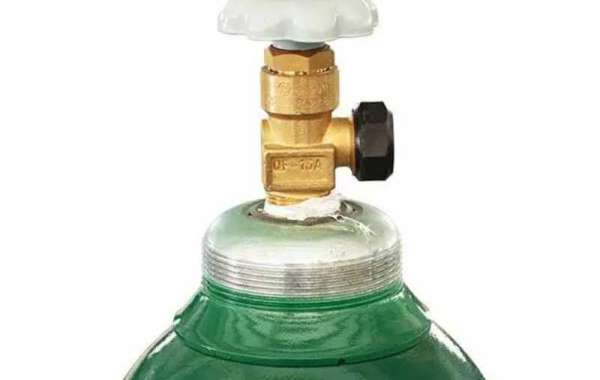Fluorinated liquid is a general term for products (products with many different functions). Fluorinated Solvent is just one application. Generally speaking, fluorinated liquid can be used for cleaning, temperature control liquid, leak detection, solvent and so on.
Fluorinated liquid
Precision cleaning agent is used in the fields of printed circuit board cleaning, metal and its parts cleaning, liquid crystal display cleaning, precision cleaning (including electronic devices, optical components, aerospace equipment components, medical equipment parts, plastic parts, etc.). Remove grease, wax, rosin flux, fingerprints, sweat, particles, etc. The specific products involved, such as relays, thick film resistors, IC cutting, bearings, micro motors, etc. It can be used as a temperature control liquid, leak detection, and a solvent, which can be used as a protective coating for printed circuit boards. There is a thin transparent film on the surface after use, which has the effect of moisture-proof and anti-sticking. It is effective for various low surface tension liquids, such as oil stains, silicone oil, and anti-photoetching solutions.
Perfluorous Solvent, also known as Fluorous Solvent or Perfluorocarbons, is an emerging green solvent. It is an alkane or ether in which all hydrogen atoms on carbon atoms are replaced by fluorine atoms. And amines. The common ones are perfluoroalkanes, such as perfluorohexane, perfluorocyclohexane, perfluoromethylcyclohexane, perfluorotoluene, and perfluoroheptane; perfluorodialkyl ethers, such as perfluoro2- Butyl tetrahydrofuran, etc.; perfluorotrialkylamines, such as perfluorotriethylamine and other fluorine solvents. The density of perfluorinated solvents is greater than that of ordinary organic solvents. It has a large boiling point range. It is a high-density, colorless and non-toxic. Highly thermally stable liquid, characterized by low refractive index, low surface tension and low dielectric constant. Perfluorinated solvents are excellent solvents for gases. They can dissolve large amounts of hydrogen, oxygen, nitrogen and carbon dioxide, but they have poor solubility in common organic solvents and organic compounds.








